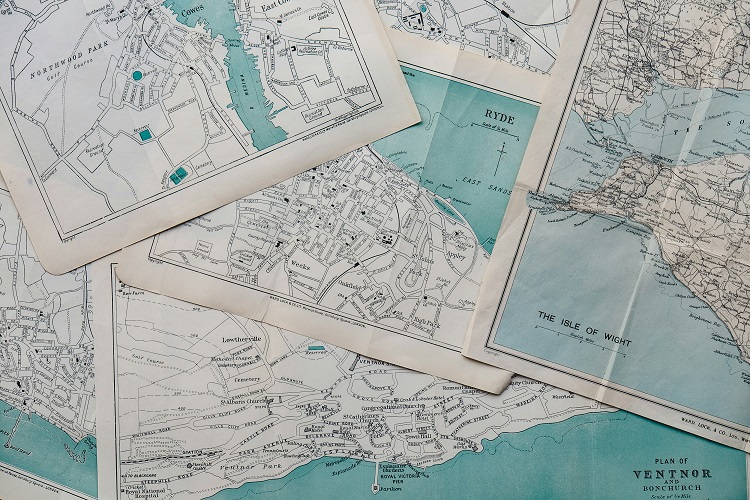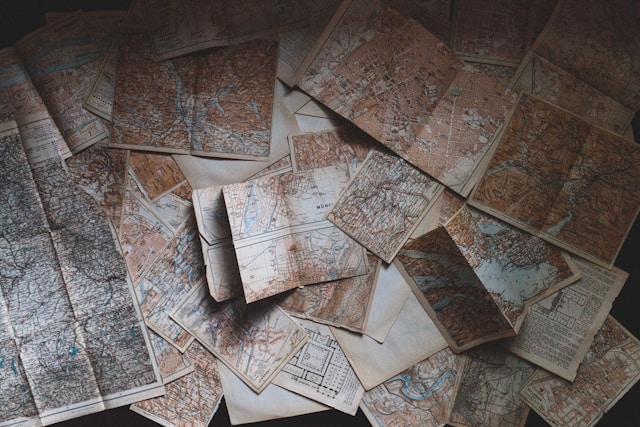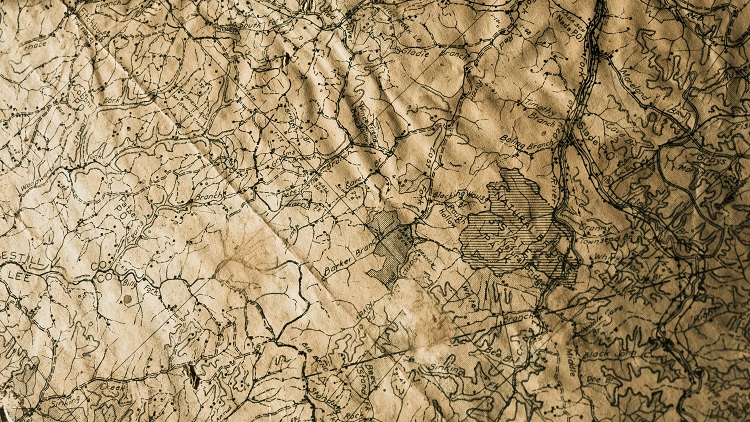Science develops in close connection with practical human activity. As science develops, the criteria for distinguishing its various fields change. This also poses difficulties in giving a clear definition of geography. An idea of what range of activities is of interest to geography can be formed by studying its historical development against the background of human development. There is a huge variety of phenomena on Earth. These differences, both physical and socio-economic, are the subject of geography’s study. In ancient times, the term Earth meant the land surface, which was contrasted with the sea and sky. In this sense, Eratosthenes of Cyrene used the word “earth,” calling so a collection of knowledge about the land surface, and about the distribution of phenomena of interest on its surface. He called the collection of this knowledge geography, which literally means description of the earth. The name geography comes from the Greek words geos – “earth” and grapho – “I write”.

Later, however, the term “land” became ambiguous. Thus, attempts were made to define geography as the science of the earth’s surface and the distribution of objects and phenomena on it. Those phenomena that interest a geographer do not occur only on the Earth’s surface itself, but at a certain height on it, or at a certain depth below it. Thus, it is possible to define geography as the science of the earth’s surface, its spatial differentiation in terms of natural and socio-economic phenomena, and the relationships that occur between individual natural phenomena and socio-economic phenomena (J. Flis).
The great diversity of areas and methods used in geographic research, and the rapid development of this science led to the separation of its various divisions from geography, as well as the acquisition by geography of topics that were in the circle of interest of other sciences. Many researchers have come to the conclusion that one cannot speak of geography, but should use the term geographic science. Already in antiquity, some geographers limited the scope of geographic interest to natural phenomena only, while others, such as Strabon or Herodotus, emphasized issues related to the differentiation of human societies under the influence of the natural variation of the earth’s shell and practiced geography in close connection with history.
The branch of geography that deals with the differentiation of natural phenomena is called physical geography, while that part of geography that studies the differentiation of social and economic phenomena is called social and economic geography. In modern times, the German scientist Alexander Humboldt (1769-1859) in his work Cosmos described natural phenomena, and their differentiation. He proposed a definition of geography as a science that aims to know the laws of nature, and to show the interrelationships between these laws. He is considered the founder of modern physical geography.
Karl Ritter (1779-1859), the first professor of geography at the University of Berlin, decided to engage in an in-depth study of social and economic phenomena. Ritter is recognized as the father of modern socio-economic geography, also referred to as human geography. He was concerned with physical phenomena insofar as they had a significant impact on human activity. Some geographers strive to detect general regularities, that is, they treat geography as a nomothetic science- establishing general principles and connections between them.
Other researchers treat geography, as an idiographic science-that is, describing individual phenomena. Physical general geography is a systematized body of human knowledge about the earth’s surface and its spatial variation in terms of nature. Phenomena that occur in the earth’s shell remain in close relation to each other in terms of cause, space, and time. The study of the earth’s crust involves analyzing it after decomposing it into components. These are the lithosphere, or Earth’s rocky shell, the hydrosphere, or watery shell, the atmosphere, or gaseous shell, and the biosphere, or the totality of living organisms living on Earth’s surface. The outermost part of the lithosphere, where the exchange of matter between minerals and living organisms takes place, is called the pedosphere.
Among the fields of interest in physical geography are sciences such as:
- Geology- the science that deals with the structure, properties and history of the Earth and the geological processes by which it is transformed. Within geology can be distinguished:
- Dynamic geology – dealing with geological processes occurring in the earth’s crust (endogenous processes) and on its surface (exogenous processes)
- Historical geology – dealing with the history of the Earth, the history of the Earth’s crust, as well as organic life
- Regional geology – whose area of study is the local geological structure of a particular region.
- Geomorphology- deals with the formation of the Earth’s surface and the processes that cause changes in this formation.
- Hydrology is the branch of physical geography that deals with the study of water (in any form) found in the natural environment. Within hydrology one can distinguish such fields as:
glaciology-the science of glaciers
crenology-the science of sources
potamology-the science of rivers
limnology-the science of lakes
oceanography-the science of the seas and oceans
hydrogeology-the science of groundwater
4. meteorology – the science that deals with the study of physical phenomena and processes occurring in the atmosphere, especially in its lower layer – the troposphere.
5. climatology-the science that deals with climate
6. soil science– the science dealing with the study of soils, their formation, structure, and physical properties, systematics, as well as the possibilities of their use
7. biogeography-the science that deals with the spatial distribution of plant (phytography) and animal (zoography) species living on Earth
8. cartography- the science of maps, methods of their preparation and use.
The main fields of social and economic geography are:
- Population geography-a science that studies the interrelationship between humans and the geographic environment.
- Geography of settlement- a branch of socio-economic geography that deals with the distribution and spatial arrangements of all types and kinds of settlement networks.
- Industrial geography- the science that studies the spatial structure of industry (on a local, regional, national, international scale) and the temporal and spatial processes that shape it.
- Agricultural geography- deals with the study of the interrelationship between agriculture and the geographic environment, it also studies in a broader sense the spatial distribution of crop and livestock production in the world.
- Transport geography-The subject of study is the transport of people and goods in spatial terms, in connection with the geographical environment, taking into account socio-economic factors.
- Geography of tourism-a science that studies the processes associated with tourism
- Political geography– deals with the study of political phenomena and systems in their spatial context.
- Geography of religion- the science that studies the relationship between space and religion, in particular: the distribution of sacred sites (hierotopography), pilgrimage routes, sacred landscape, the impact of religion on the development of sanctuary towns and economy, religious tourism.





